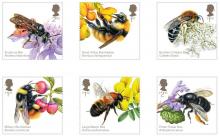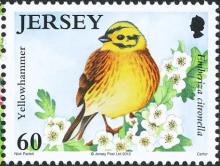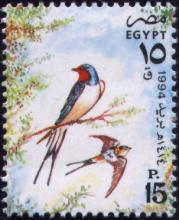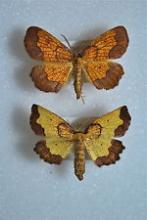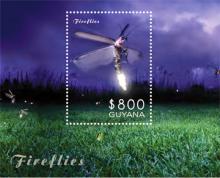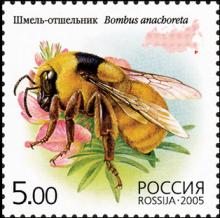Fast accurate determination of neonicotinoid insecticide concentrations in bee pollen
In this study, a new method has been developed to determine seven neonicotinoid insecticides (acetamiprid, clothianidin, dinotefuran, imidacloprid, nitenpyram, thiacloprid and thiamethoxam) in bee pollen using ultra-high performance liquid chromatography coupled to a selective MS detector (qTOF). An efficient sample treatment involving an optimized quick, easy, cheap, effective, rugged and safe method was proposed. In all cases, average analyte recoveries were between 91 and 105%, and no matrix effect was observed.

